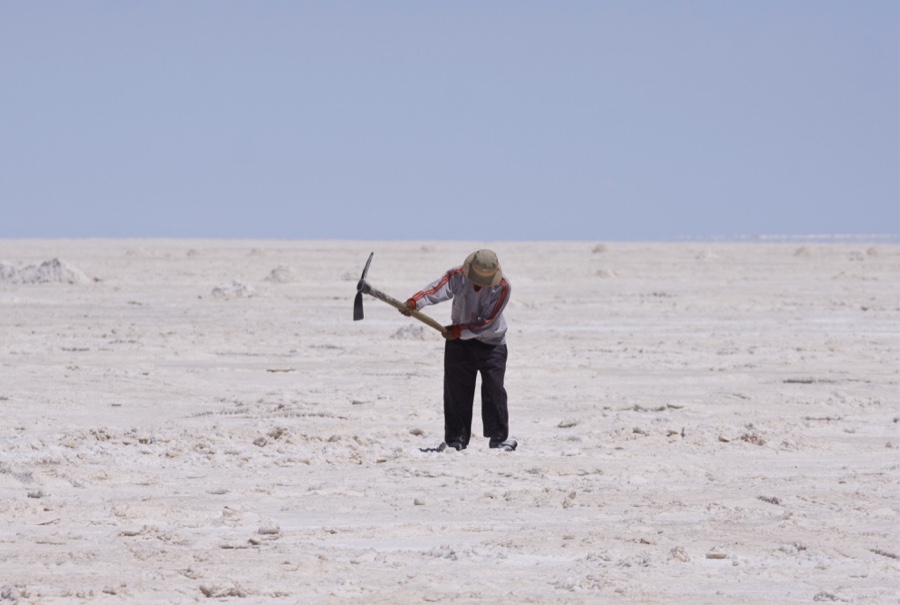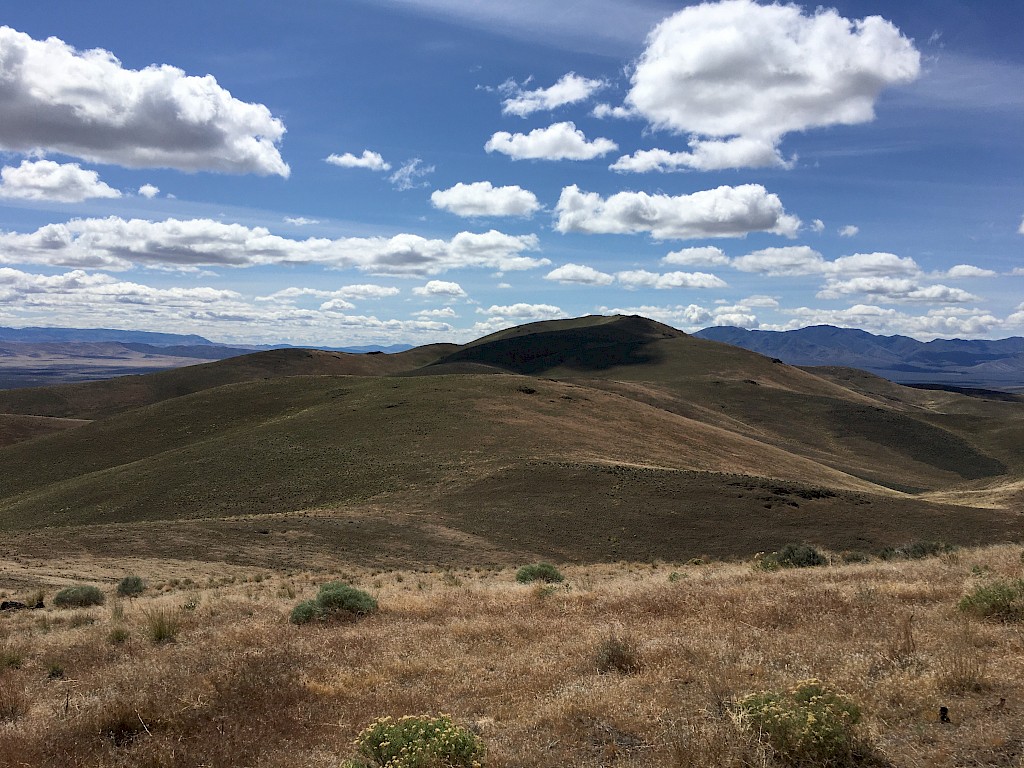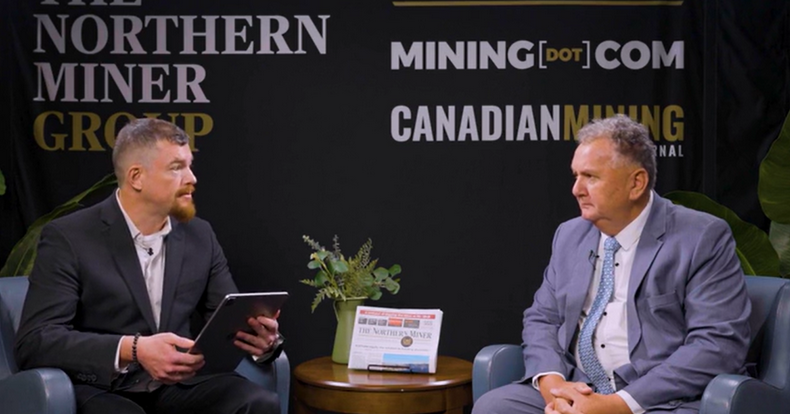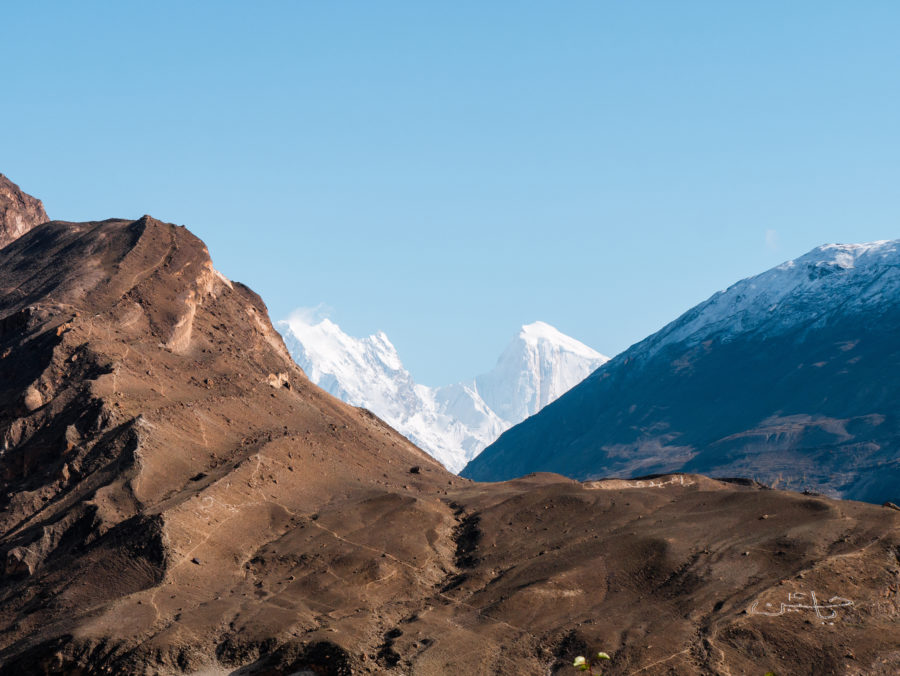Bacanora seeks expansion of German lithium project with newly acquired exploration licence

Lithium exploration and development company Bacanora Minerals (TSX-V, LON:BCN) scored big on Wednesday as it has secured an exploration licence for a previously mined deposit of the world’s lightest metal in Germany.
The Falkenhain lithium deposit, in the German state of Saxony, is located about 5 km from Bacanora’s 50%-owned Zinnwald project. With the new licence the company has the potential to increase the life of its planned Zinnwald mine, where a feasibility study is underway, it said.
The Falkenhain deposit, in the German state of Saxony, is located about 5 km from another Bacanora’s 50%-owned Zinnwald lithium project.
“Falkenhain will supplement our two significant lithium assets at Zinnwald and Sonora, each of which have the potential to become major suppliers of high value products to fast growing end markets, such as electric vehicles and energy storage,” the company’s CEO Peter Secker, said in the statement.
Bacanora’s flagship asset continues to be the Sonora lithium project in Mexico. A recent feasibility study assigned the asset a net present value of $1.25-billion and an internal rate of return of 26%.
Today’s news is just one of Bacanora’s latest milestone in the past two years. In 2015, the firm and its joint-venture partner Rare Earth Minerals (LON:REM) signed a conditional agreement with Tesla Motors (NASDAQ: TSLA) to supply the electric cars and energy storage products company with lithium hydroxide from the Sonora project.
In May 2017, the company secured a $11 million investment from Blackrock. Earlier in the year, it inked a long-term supply deal with Japan’s Hanwa Corporation, which will see the Tokyo-based trader acquire up to 100% of the output coming from Sonora. And in November, it secured access and surface rights for the touted Mexican project.
Frequently referred to as “white petroleum,” lithium drives much of the modern world, as it has become an irreplaceable component of rechargeable batteries used in high tech devices and electric cars.
The lithium market, while still relatively small — worth about $1bn a year — is expected to triple in size by 2025, according to analysts at Goldman Sachs.
The commodity has attracted increasing interest from investors, not only in Latin America, where the world’s largest deposits are located, but also in other places such as the UK.
More News
Kinross buys 9.9% stake in Nevada-focused Eminent Gold
Eminent Gold currently has three gold exploration projects in Nevada.
April 07, 2025 | 03:21 pm
PDAC JV video: New Zealand aims to fast-track mining
New processes are to help the island nation develop its gold, coal and rare earth minerals while respecting Indigenous rights, says resources minister.
April 07, 2025 | 02:55 pm
US discusses tariffs, critical minerals with Pakistan
The Trump administration has also used prospects of engagement over critical minerals with others countries.
April 07, 2025 | 01:13 pm
{{ commodity.name }}
{{ post.title }}
{{ post.excerpt }}
{{ post.date }}




Comments